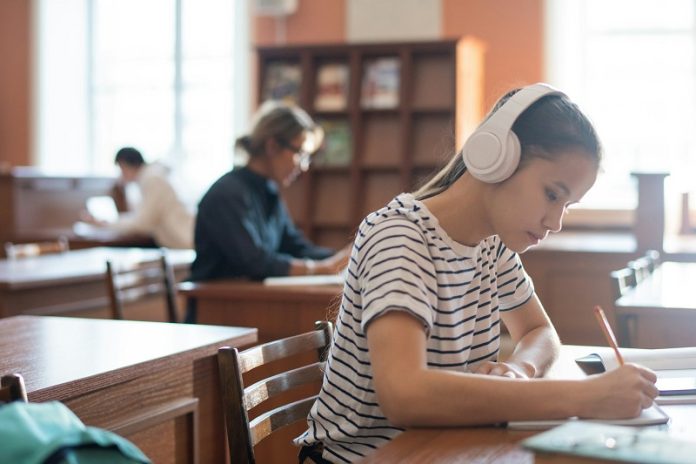
Schools have a new way to fight air pollution in classrooms, thanks to a study from the University of Surrey.
Researchers found that using air purifiers during class and opening windows afterwards can make the air much cleaner, by up to 36%.
This discovery is especially important for the thousands of schools in England located in areas with air pollution levels above what the World Health Organization (WHO) considers safe.
In light of this issue, the Mayor of London, Sadiq Khan, announced plans to install air purifiers in 200 London schools.
The University of Surrey’s study supports this move, showing how combining air purifiers with strategically opened windows can significantly improve air quality in classrooms.
The research team, led by Nidhi Rawat from the university’s Global Centre for Clean Air Research (GCARE), emphasizes that the best approach to using air purifiers and opening windows varies depending on the classroom’s location and other factors.
However, they suggest that finding a balance that works for each classroom is key, especially since it’s not always possible or comfortable to keep windows open all the time.
To get their results, scientists looked at two classrooms in a school close to a busy road in Guildford, UK, where around 31,000 cars pass daily. One classroom faced the road and was used by 4 to 5-year-olds, while the other was on the opposite side of the building, for 6 to 7-year-olds.
Their findings were clear: air quality was much better when air purifiers were used together with opening windows at scheduled times.
The classroom closer to the road saw an 18% reduction in coarse particle pollution and a 28% drop in carbon dioxide levels.
The classroom on the building’s other side saw even greater improvements, with a 36% reduction in coarse particles and an 11% decrease in carbon dioxide.
Just opening the windows without using air purifiers also helped, but not as much as using both methods together.
Professor Prashant Kumar, who heads GCARE, believes this study arrives at a crucial time. It offers valuable insights for policymakers on how to best use air purifiers and window openings to clean the air in schools.
With millions of children around the world attending schools in polluted areas, these findings could lead to healthier learning environments for students everywhere.
This important research has been published in the Journal of Building Engineering, showing a clear path to making classrooms a safer place for children to learn and grow.



